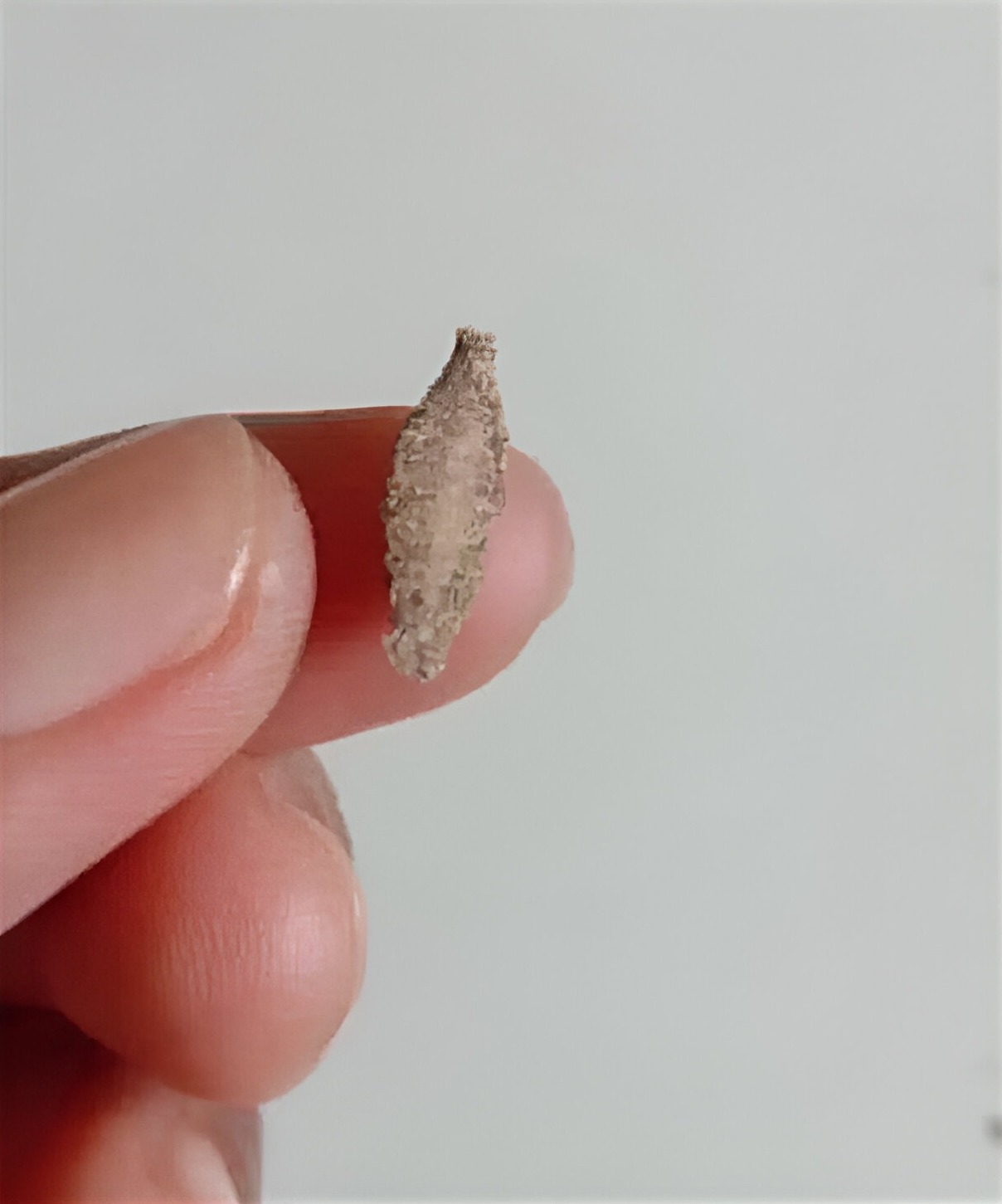If you’ve ever spotted a large, flat moth clinging motionless to a wall or ceiling, you might have been face-to-face with the Kamitetep — an unusual insect that has recently sparked both fascination and unease online.
The Kamitetep, native to parts of Southeast Asia, is not your typical moth. Its oversized wingspan, muted brown-gray coloring, and unnervingly still behavior allow it to camouflage perfectly against concrete, wood, and stone surfaces. This makes it easy to miss — until it moves.
Why it’s so striking
The moth’s name, “Kamitetep,” is derived from local folklore. Some communities believe it carries messages from spirits, while others view it as a bad omen if it lands inside a home. Its wings are patterned with vein-like lines, giving them an almost leaf-like texture. When it senses danger, the Kamitetep flattens itself completely against a surface, becoming almost invisible.
Is it dangerous?
Despite its eerie appearance, the Kamitetep is harmless to humans. It doesn’t bite or sting. However, like many moths, it may be attracted to lights at night and could wander indoors, startling unsuspecting residents.
Why people fear it
The unsettling factor comes from its size — some Kamitetep moths can grow up to 20 centimeters across. In dim lighting, their silhouette can resemble a bat or even a crawling creature, which explains the shivers some people feel when encountering one.
Ecological importance
Kamitetep moths are important pollinators and a food source for birds and small mammals. While they may look intimidating, their role in nature is beneficial.
So, if you ever spot one clinging silently to your wall, remember — it’s more of a gentle night visitor than a threat. But we can’t blame you if it still gives you goosebumps.




